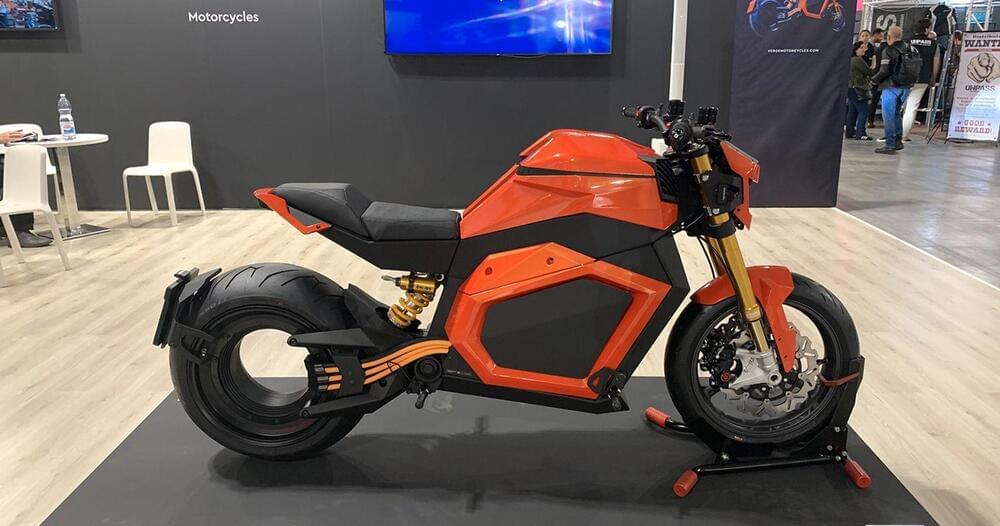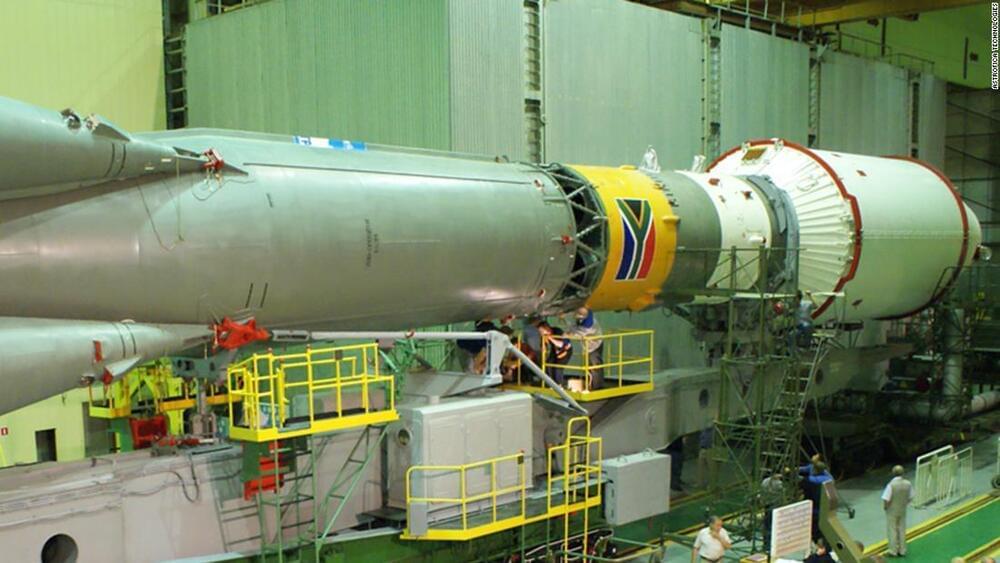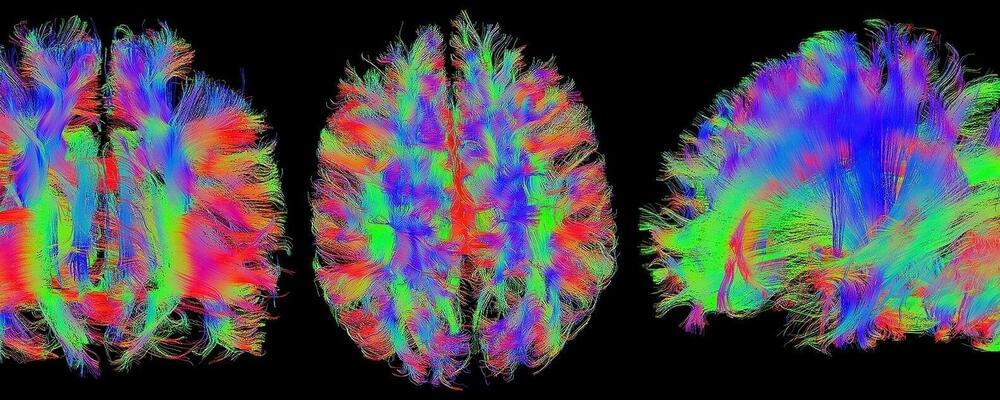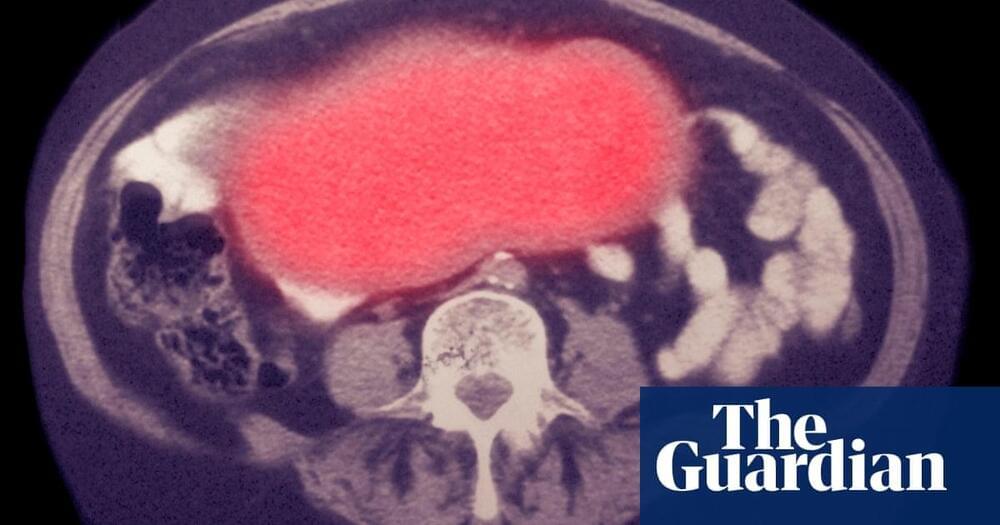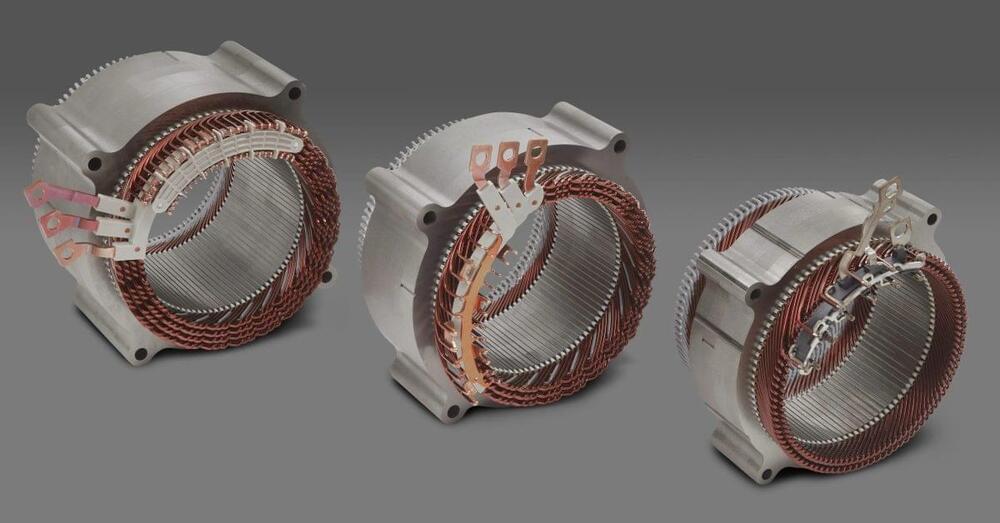Sep 21, 2021
A 123,000 MPH Nuclear Rocket Could Reach Mars in Only One Month
Posted by Quinn Sena in categories: chemistry, space travel
Four times faster than existing chemical rockets
In the seven months NASA estimates it would take to fly humans to Mars, any number of catastrophic failures could occur. That’s why Díaz said in a 2010 interview with Popular Science that “chemical rockets are not going to get us to Mars. It’s just too long a trip.” A conventional rocket must use its entire fuel supply in a single controlled explosion during launch before propelling itself towards Mars. There is no abort procedure, the ship will not be able to change course, and if any failure occurred, mission control would have a 10-minute communications delay, meaning they could find themselves helplessly watching on as the crew slowly dies.



